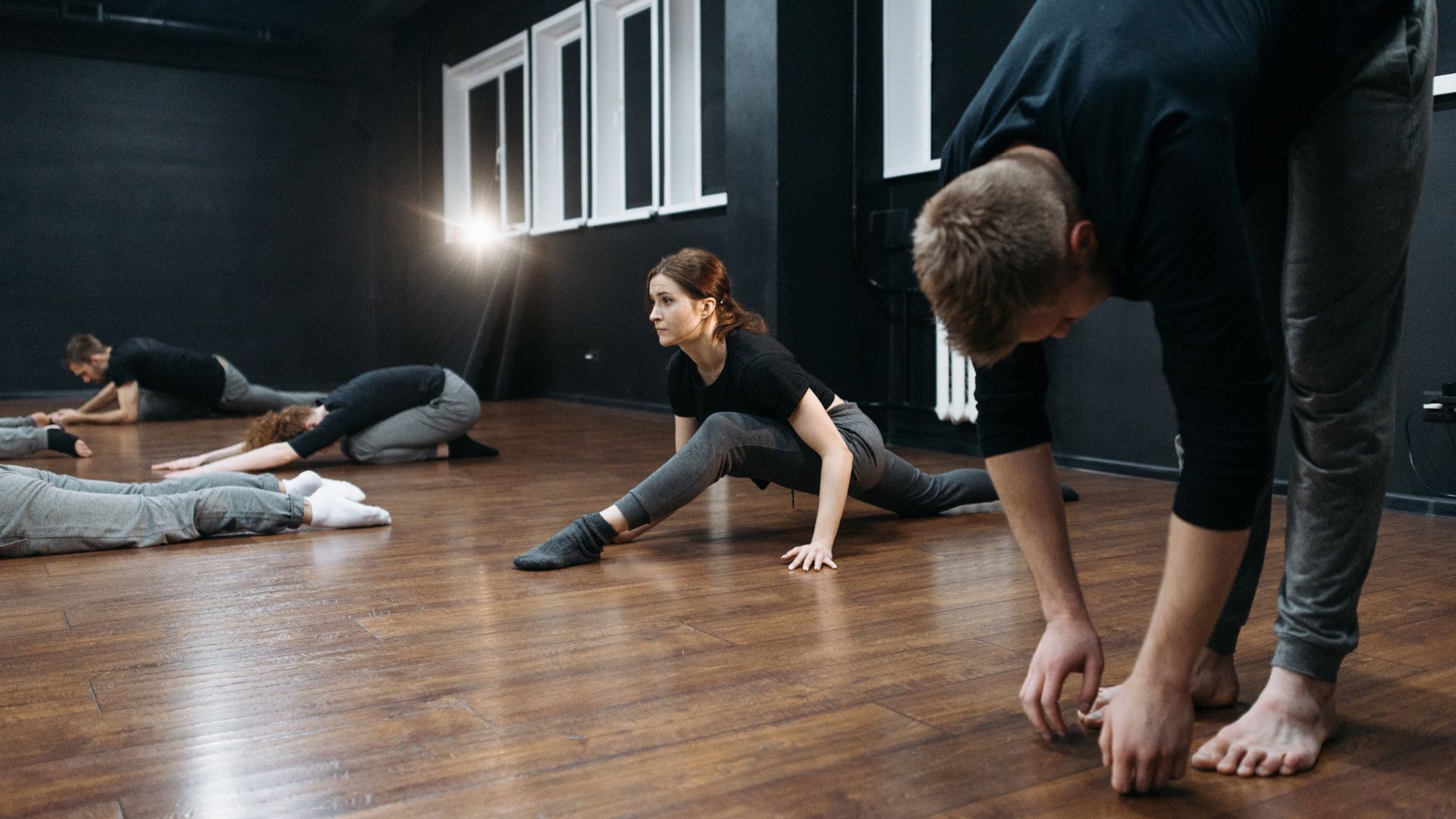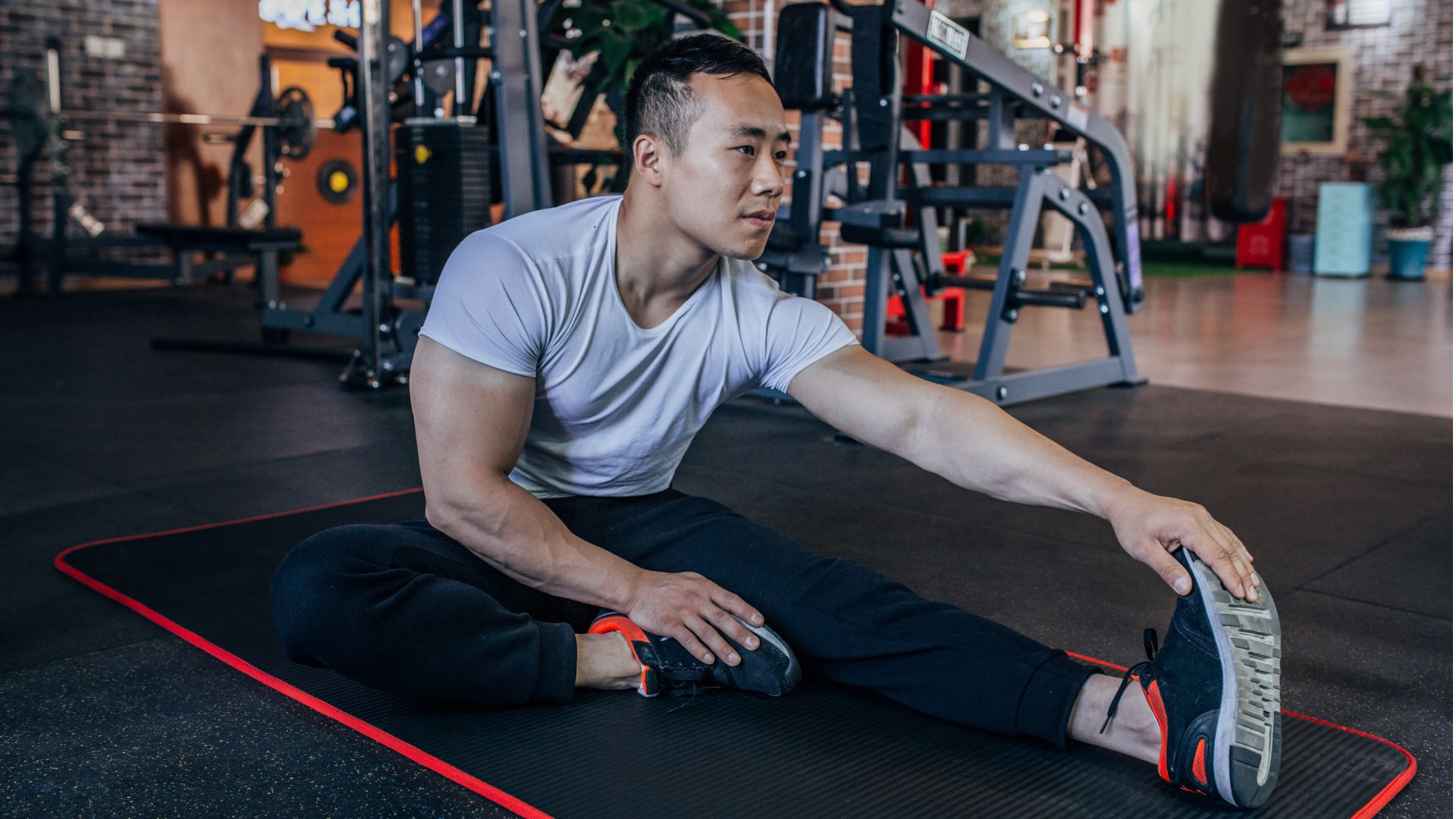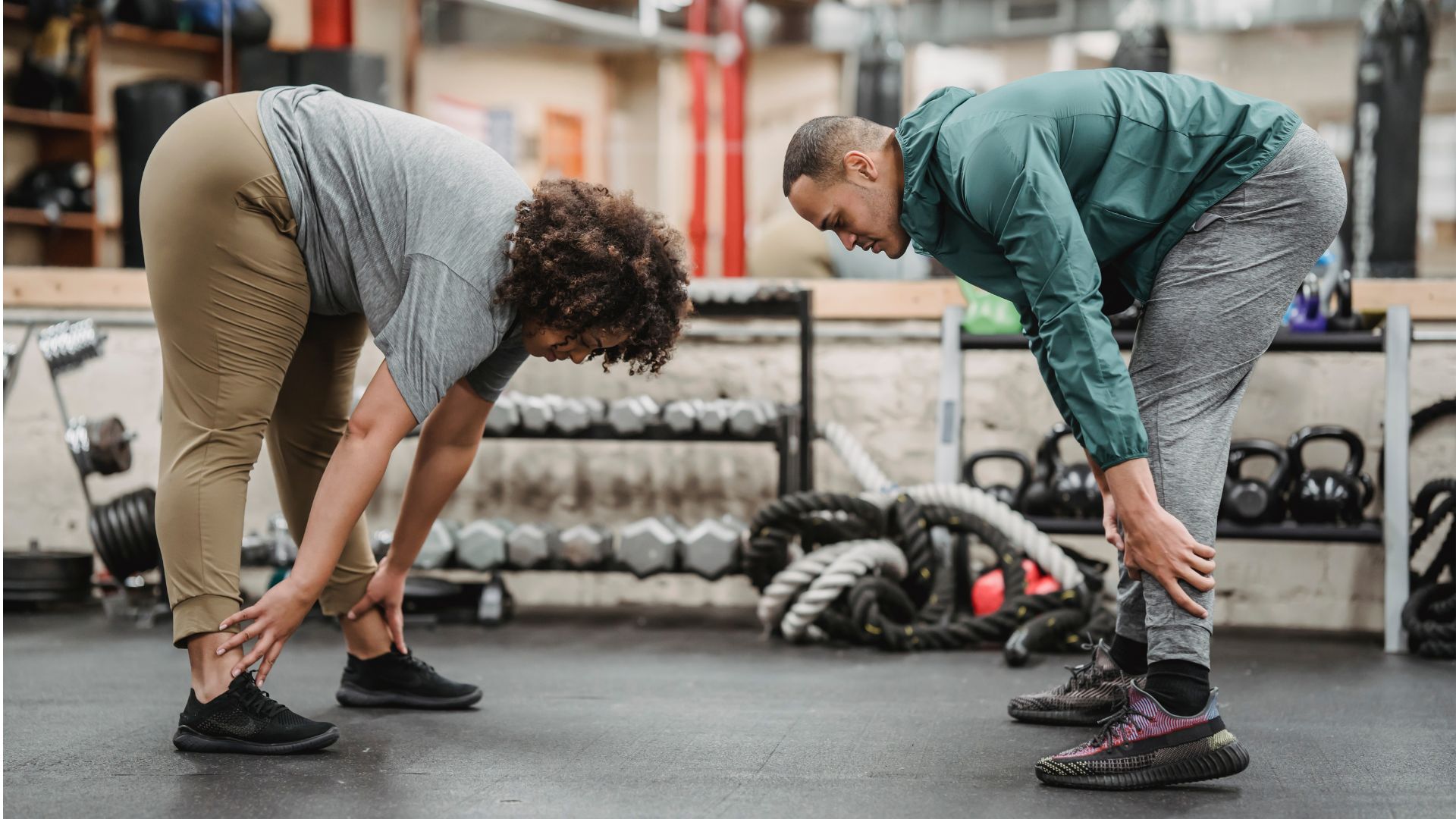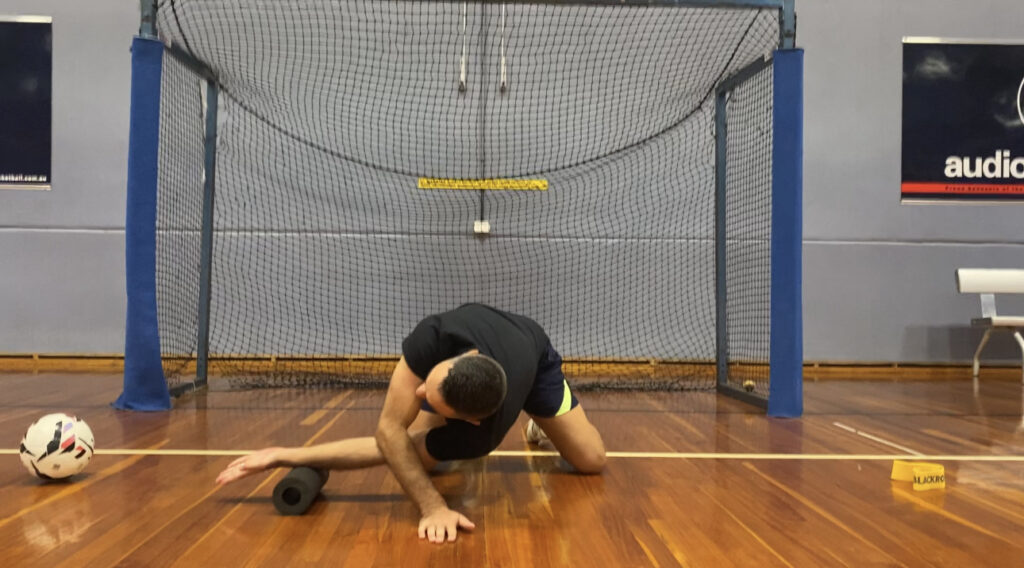Why Warming Up Before Exercise Matters (and How to Do It Right)

You’ve probably heard the phrase, “Don’t skip your warm-up!”—but do you know why it’s so important? Whether you’re a gym junkie, weekend warrior, personal trainer, or just starting your fitness journey, understanding the importance of warming up in your exercise routine can be the difference between a great workout and an avoidable injury, enhancing your athletic performance.
In this guide, we’ll break down what warming up really means, debunk myths, and give you practical warm-up routines for every fitness level.
What Is a Warm-Up?
A warm-up is a short period of light-to-moderate activity performed before more intense physical exercise.
Its main aim is to gradually increase your heart rate, raise your muscle temperature increases, and prepare your body and brain for the physical demands ahead.
Warming Up vs. Stretching
Let’s clear up a common misconception: warming up is not the same as stretching.
While both are essential in a fitness routine for injury prevention , they serve different purposes. Warming up involves movement to increase blood flow and body temperature, helping with key muscles’ function while stretching—particularly static stretching—is better suited for after your workout to aid recovery.
Why Is Warming Up Important?

A proper warm-up does more than just get you moving—it sets the stage for your entire workout.
Here’s what a good warm-up and effective warm up activities can do for you:
- Increases blood flow to muscles, delivering oxygen and nutrients
- Raises body temperature to enhance flexibility and reduce muscle stiffness
- Prepares joints and soft tissues for movement, reducing the risk of injury
- Helps prevent strains and sprains
- Improves focus, reaction time, and coordination
- Boosts performance, helping you lift more, run faster, or move better
Even a few minutes of brisk walking and dynamic movement before training can make your workout safer and more effective.
Types of Warm-Ups
General vs. Specific Warm-Ups
General warm-up: Involves low-intensity movements (e.g., walking or slow jogging) that get your whole body moving.
Specific warm-up: Targets the muscles and movement patterns used in your upcoming activity (e.g., air squats before barbell squats).
Static vs. Dynamic
Static stretches involve holding a stretch for a period of time and are better suited post-workout.
Dynamic warm-ups involve controlled, active movements that mimic the activity you’re about to do. Think leg swings, arm circles, and lunges with a twist.
When to Use Each Type
Use effective warm up strategies like dynamic warm-ups before your workout to prepare your body for movement. Save static stretching for after your workout to aid flexibility and recovery.
How to Structure a Proper Warm-Up
1 – Light Cardio (2–5 minutes)
Jog on the spot, skip, or march in place to raise your heart rate.
2 – Dynamic Stretches (3–5 minutes)
Leg swings, arm circles, high knees, or butt kicks.
3 – Movement-Specific Drills (3–5 minutes)
Mimic the moves you’ll do in your workout but at a lower intensity (e.g., bodyweight lunges before weighted lunges).
Duration and Intensity
A good warm-up should last between 5 to 15 minutes, depending on how more intense the activity and your fitness level. It should leave you feeling warm, slightly out of breath, and ready—not exhausted.
Warm-Up Routines for Different Workouts
Strength Training
- 2 mins of skipping or cycling
- Bodyweight squats
- Arm swings, push-ups, or resistance band rows
- Hip openers or lunges with torso rotation

Running or Cardio
- March in place or slow jog
- High knees, butt kicks, leg swings
- Calf raises and ankle circles
- Short-paced acceleration runs (for sprints)
Bodyweight Training
- Jumping jacks
- Arm circles
- Squat pulses
- Walkouts to push-up position
Sport-Specific Warm-Ups
Tennis or soccer players benefit from drills like lateral shuffles, bounding steps, and light agility ladder work to mimic game-day movements.
5-Minute Warm-Up Routine You Can Do at Home
No equipment? No problem. Try this full-body warm-up before any workout:
1 – March in Place or Jog on the Spot – 1 Minute
Gently raise your heart rate and warm up your lower limbs.
2 – Arm Circles & Shoulder Rolls – 1 Minute
Loosen the shoulders and prepare for upper body exercises.
3 – Leg Swings & Hip Circles – 1 Minute
Mobilise the hips and improve balance.
4 – Bodyweight Squats – 1 Minute
Activate glutes, quads, and hamstrings.
5 – Standing Torso Twists – 1 Minute
Wake up your core and spine with gentle rotation.
Modifying Warm-Ups for Your Fitness Level
Beginners
- Keep movements slow and controlled.
- Focus on form over speed.
- Reduce range of motion if needed.
Advanced
- Increase reps and intensity slightly.
- Add resistance bands or light weights.
- Include plyometric movements (e.g., jump squats or skaters).
Common Mistakes to Avoid
Even seasoned exercisers make these warm-up errors:
- Skipping the warm-up altogether – It might save time, but it sets you up for injury.
- Relying only on static stretches – This doesn’t prepare muscles for movement.
- Warming up too intensely – You shouldn’t feel fatigued before you start.
Tips for a Better Warm-Up Routine
- Listen to your body – Feeling tight or stiff? Spend more time on that area.
- Adjust for workout intensity – Heavier workouts need longer warm-ups.
- Be consistent – Make warming up a non-negotiable part of your training.
- See a physio if you feel pain during warm-ups or exercise. You might have a deeper issue. Visit our Sports Physiotherapy page for guidance.

Why Is Warming Up More Important Than the Workout?
This might sound like a bold claim—but in many ways, warming up can be just as crucial (if not more so) than the workout itself. Now, don’t get us wrong: the main workout is where you’ll challenge your muscles, build endurance, burn calories, and make progress toward your goals. But without a proper warm-up beforehand, you’re setting yourself up for reduced physical performance, increased risk of injury potential injury, and even long-term setbacks.
Warming up isn’t simply a prelude to your main exercise session—it’s the foundation that prepares your body and brain for what’s to come. Think of it like priming your engine. You wouldn’t expect your car to drive smoothly if you jam the accelerator first thing on a cold winter morning. Similarly, diving straight into a heavy lifting session, high-intensity interval training (HIIT), or even a long-distance run without preparing your body can lead to poor performance and higher injury risk.
In fact, according to a systematic review published in the Journal of Strength and Conditioning Research, warm-up routines—especially dynamic warm-ups—have been shown to significantly improve exercise performance and reduce the likelihood of muscle strain and joint injuries. That’s a major win for athletes, weekend warriors, and even beginners.
How Warming Up Impacts Your Performance and Safety
Here’s what happens when you properly warm up:
- Increased blood flow delivers more oxygen and nutrients to your working muscles.
- Elevated body temperature helps your muscles contract and relax more efficiently.
- Joint lubrication increases, giving you greater range of motion and smoother movements.
- Nervous system activation enhances reaction time, focus, and coordination.
- Mental preparation improves focus and reduces distractions that could lead to form breakdown or accidents.
Skipping this critical step not only makes your body less prepared but also increases the chance of muscle pulls, joint sprains, tendonitis, or overuse injuries—especially if you’re engaging in complex, weight-bearing, or impact-heavy movements.
More Than Just Physical Benefits
Warming up also plays a key role in your mental readiness and emotional readiness. It provides a short buffer between your daily routine and your workout—giving your brain time to switch gears, set intentions, and mentally prepare to get “in the zone.” That few minutes of mindful movement can help reduce stress, calm pre-workout jitters, and set a positive tone for your session.
Especially in high-stakes environments like competitive sports or team training, this mental edge can make all the difference. Even for casual gym-goers, this mental clarity helps you stay focused, consistent, and more engaged throughout your session.
Final Thoughts
Warming up isn’t just something to tick off your exercise routine list. It’s a vital part of your workout routine, sports performance, and injury prevention strategy. Whether you’re lifting heavy weights, going for a jog, or taking a Pilates class, a few minutes spent doing the right warm-up exercises can help you move better, feel stronger, and reduce the risk of setbacks.
So the next time you’re tempted to skip the warm-up and jump straight into your workout—or cool down too quickly afterward—remember this: a proper warm-up sets the tone for a great workout, boosts your results, and keeps you injury-free.
Your cardiovascular system and body will thank you for it—both now and in the long run.

Frequently Asked Questions
Why is it important to warm up properly before exercise?
It improves performance and reduces the risk of injury by focusing on preventing injuries through preparing your muscles, joints, and cardiovascular system for physical activity.
How to warm up before doing exercise?
Start with light cardio, add dynamic stretches, and finish with sport- or workout-specific drills. Keep it between 5 to 15 minutes.
What are the 5 benefits of warming up?
- Increased blood flow
- Improved flexibility
- Reduced injury risk
- Better coordination
- Enhanced mental focus




